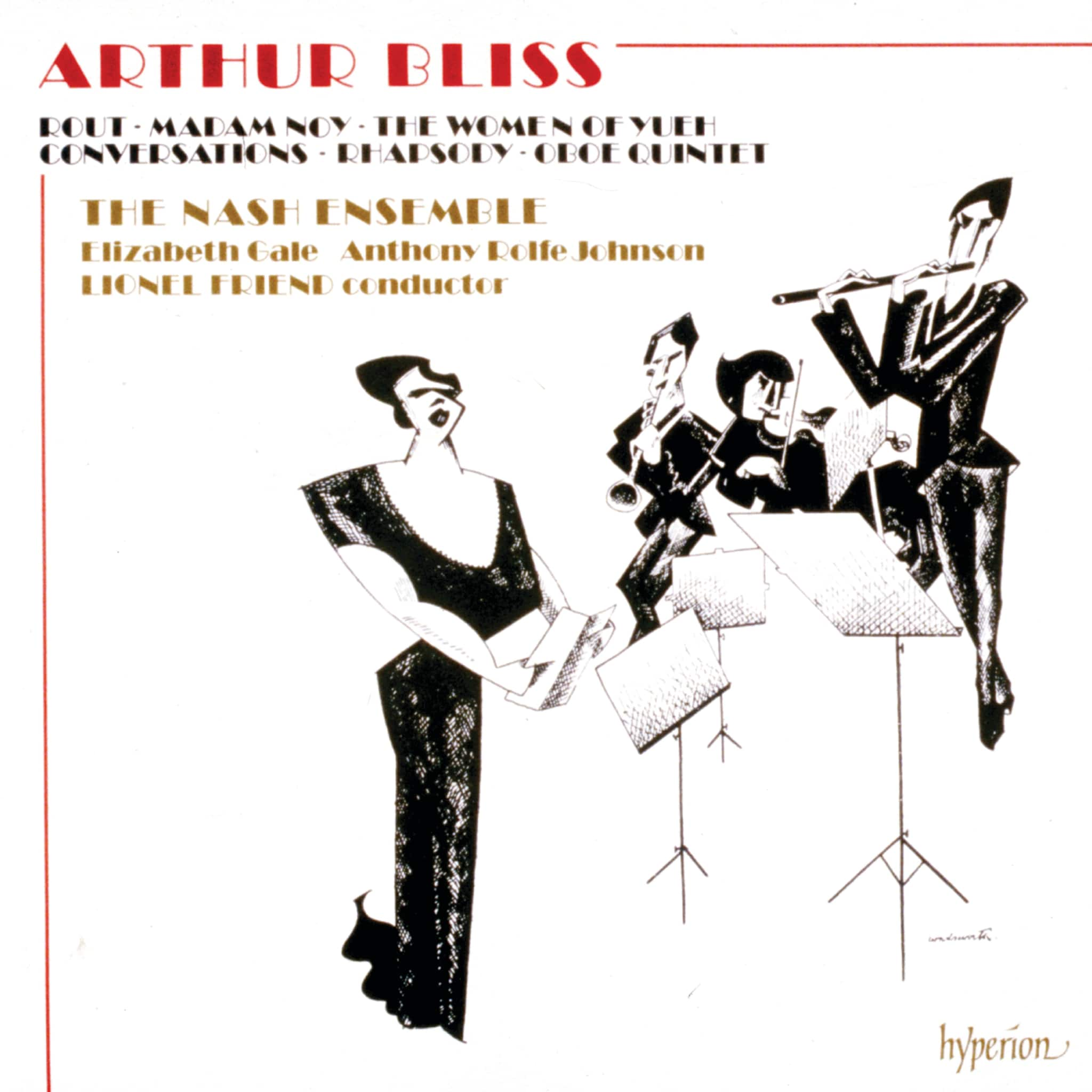Album insights
In April 1910, the Moscow Philharmonic Orchestra, conducted by Eugène Plotnikov with Rachmaninoff as the soloist, performed his third piano concerto for the first time. Rachmaninoff initially presented the work during his concert tour in the USA under Walter Damrosch in November and later with the New York Philharmonic conducted by Gustav Mahler in January. Among the Moscow audience was eighteen-year-old Sergei Prokofiev, then studying at the St. Petersburg Conservatory.
The brilliance of Rachmaninoff's third piano concerto lies in its structural originality, making it his most extensive and beautiful work in the genre. The extraordinary first movement radiates immediate reverence, showcasing Rachmaninoff's innovative use of a double development technique with an extended solo cadenza. Prokofiev, like Rachmaninoff, was esteemed at a young age. By the time Rachmaninoff returned from the USA, Prokofiev had already composed significant pieces, demonstrating the traits of a first-rate composer.
Prokofiev, a pupil of Rimsky-Korsakov, performed his debut concert in August 1912 and showcased a one-movement work similar in length to Rimsky-Korsakov's only piano concerto. Subsequently, he envisioned creating a second piano concerto contrasting with his first, aspiring to spotlight the soloist over the accompanying orchestra. Prokofiev's musical endeavors were influenced by internalizing Rachmaninoff's structural originality during the creation of his second concerto.
Prokofiev's second concerto, completed shortly after his first, presented a significant departure in length and structure, demanding greater technical and musical prowess from the soloist. His adept manipulation of tonality, possibly inspired by Scriabin, facilitated unique color and sound relationships. The concerto was met with mixed reactions but ultimately evolved into one of Prokofiev's distinguished achievements.
Prokofiev's second concerto premiere in 1913 in Pavlovsk unveiled a divided reception, sparking contrasting reactions among audiences and critics. His musical journey across London and Rome paved the way for collaborations with Diaghilev and Koussevitzky, ultimately leading to revisions of his acclaimed works. Prokofiev's artistic evolution continued with the creation of his celebrated third concerto, a meticulously crafted piece characterized by thematic coherence and harmonic boldness.
Prokofiev's third concerto, conceived in sketches as early as 1911 and brought to fruition by 1921, marked a pivotal moment in his compositional career. Building upon thematic connections among his piano concertos, Prokofiev skillfully integrated diverse elements within the tonal framework, enhancing the work's cohesiveness and timeless appeal. Despite its initial lukewarm reception, the third concerto gained widespread acclaim over the years, standing out as the most popular among Prokofiev's piano concertos.





